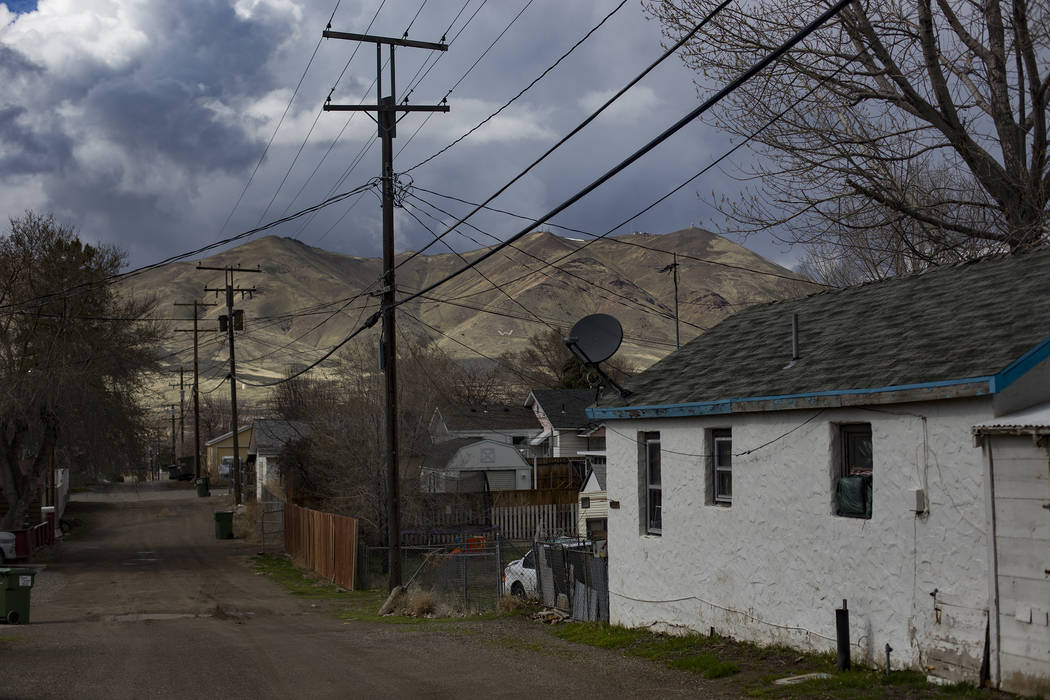Suicide problem in Nevada likely worse than reported
The data on suicide in Nevada and many other states is bleak. Worse, it’s almost certainly incomplete.
Identifying a death as a suicide is a difficult task in the best situation — when trained medical examiners study evidence collected by crime scene specialists and conduct an autopsy before rendering a decision. But there is no law in Nevada that says whatever local authority makes death rulings must have any training at all, Clark County Coroner John Fudenberg said.
In rural counties, including those in the Silver State, the county sheriff often doubles as coroner and may lack medical training. Deputies, who are often tasked with carrying out day-to-day duties like determining cause of death, may receive some instruction, but nothing like the thorough education required to become a medical examiner.
In Humboldt County, for example, Sheriff Mike Allen is also the coroner. Twelve of his deputies have undergone between 40 and 80 hours of training to perform coroner duties and meet monthly to discuss reports. If there’s any inkling of doubt, Allen sends a body to the coroner’s office in Reno, he said, because he doesn’t want any mistakes.
Still, determining whether a death is a suicide or accident is a particularly difficult determination, said Dr. Laura Knight, chief medical examiner and coroner for Washoe County. Contrary to popular opinion, most people who die by suicide don’t leave notes behind, and even those must be checked for authenticity before they can be considered trustworthy.
“I want to be fairly certain it’s a suicide before I put it down on the death certificate,” Knight said. “In the cases when we truly can’t know what was on someone’s mind, we can say it was undetermined.”
Cases like that often involve drug use, and it’s unclear whether a person overdosed intentionally or accidentally, she said. About 1 in 5 suicides involves alcohol or opiates, including heroin, according to the U.S. Substance Abuse and Mental Health Services Administration.
Such cases also usually come with an opinion written by a forensic pathologist.
There also are questions about the overall accuracy of death certificates in the U.S. Studies from the early 2000s concluded that about one-third of them had an incorrect cause or manner of death listed.
Allen, Knight and Fudenberg say they’ve all felt pressure from families to change a suicide ruling, out of fears that neighbors might think less of them or financial concerns, such as the impact on a life insurance policy.
“The stigma of suicide is such a difficult process for families that it’s not uncommon for them to want to hide that from the authorities,” Fudenberg said.
All say they have declined to change rulings, but they acknowledge some coroners might not be so scrupulous.
Fudenberg recalls attending a conference in the early 2000s when a coroner from a rural Texas town said that there had been no suicides by minors during his tenure.
“I thought, ‘Wow, that’s great for that jurisdiction,’” Fudenberg said.
But the story told by a justice of the peace who doubled as coroner came with a footnote. He said that if there was a suicide, he marked it an accident or an undetermined death.
“I just thought that was wholly inappropriate,” Fudenberg said. “If somebody kills themselves, it’s our ethical responsibility to rule that death a suicide. Whether they’re 16 or 19, it shouldn’t matter.”






















